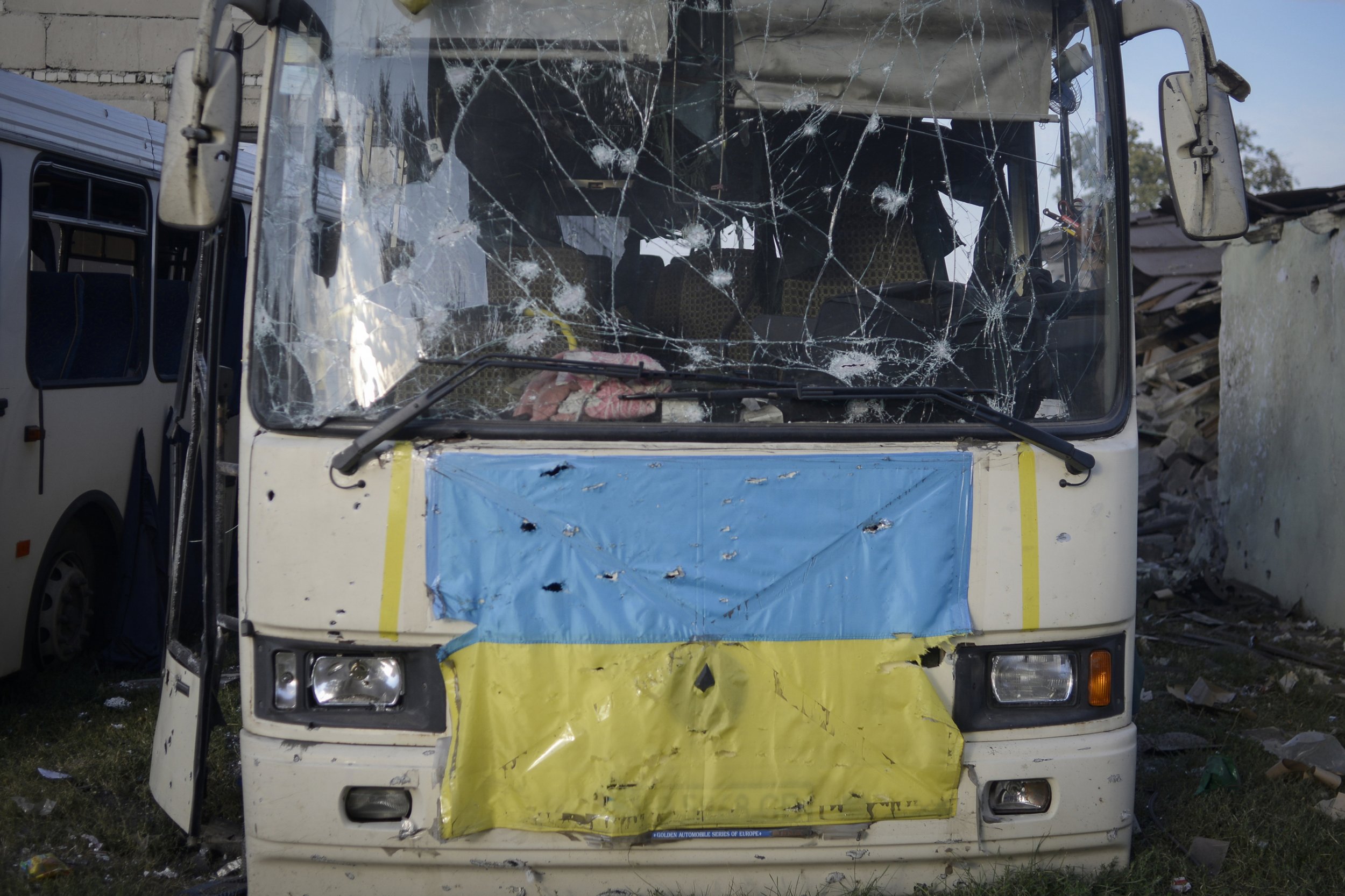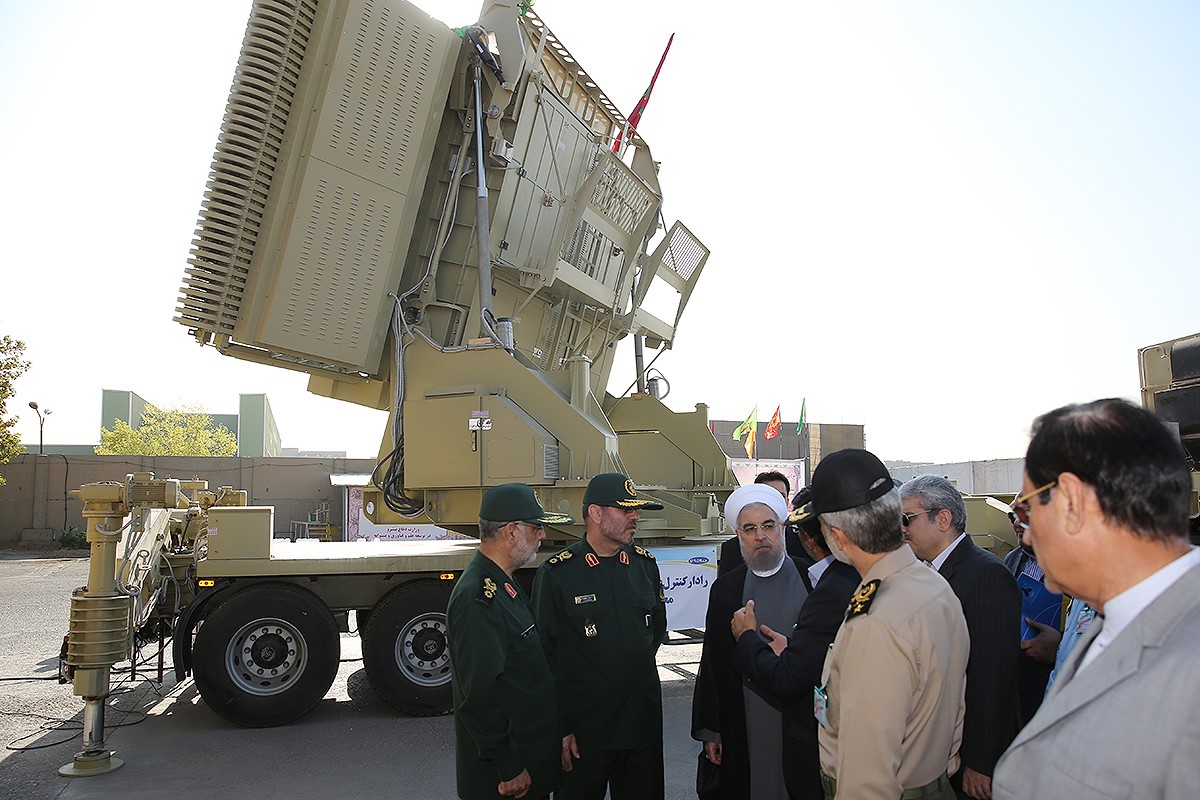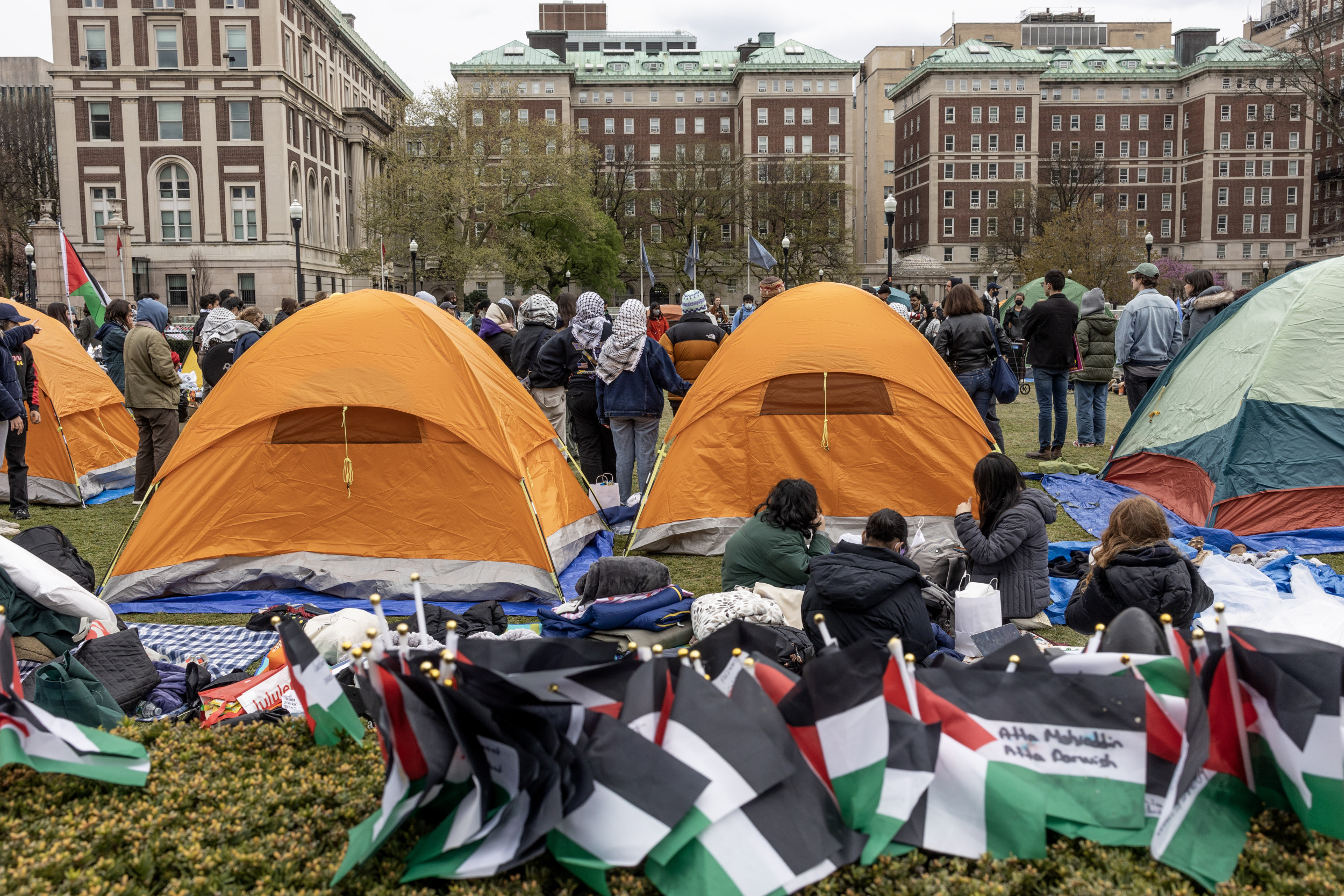
The situation in the Donbas is dire.
Speaking to entrepreneurs and church officials who still have contact with the other side, one gets a clear idea why people are leaving the separatist areas.
Russia has huge difficulties finding people for the administration of its "people's republics" and, likewise, the technical industries are struggling to find skilled professionals. In both cases, the cause is the same—most educated, skilled and wealthy people have fled the Donbas.
For their part, Russians do not want to go to the Donbas, fearing that they will face sanctions or travel restrictions to the West. Consequently, the people now in charge in the Donetsk People's Republic (DNR) and Luhansk People's Republic (LNR) seem to be entirely incapable of understanding public administration and have been described as football hooligans in suits.
And even the untalented administrators of the DNR and the LNR are hard to reach. Most of the time they seem to be in Moscow for training.
Discipline is low amongst Russian mercenaries and volunteers in the Donbas. They behave like conquerors—drink a lot, loot, shoot and rape. People are afraid of leaving the house, especially in the countryside or smaller cities, where no journalists are around and nobody much cares what actually happens.
After Minsk II, the refugee numbers have increased dramatically. Now it is much easier to flee westwards, and people who have some savings, relatives in the west of Ukraine, or skills leave. Roads to the Anti Terrorist Operation front lines look like Germany at the end of World War II. Military vehicles are westbound bringing in new recruits, materials, tanks, etc., to the front. Eastbound people take whatever they can carry on whatever drives.
Visiting one of the hospitals treating wounded soldiers from the front provided the most graphic images: young soldiers in their early 20s, with parts of their faces blown away, heavy burns on the entire body, amputated arms and legs. According to doctors, 85 to 90 percent of those treated suffer from fragmentation wounds, only 10 to 15 percent shot wounds.
However it is presented to the outside world, this is undoubtedly a war. Such a ratio of injuries is typical of a modern, industrial war, fought with heavy equipment. Tanks and artillery do the killing and relatively few soldiers are wounded by small-arms fire.
If this were a rebellion or insurgency, the ratio of shot wounds would be much higher, as snipers and ambushes cause much more shot wounds.
Gustav Gressel is a visiting fellow on the Wider Europe Program at the European Council on Foreign Relations. This article first appeared on their site.
Uncommon Knowledge
Newsweek is committed to challenging conventional wisdom and finding connections in the search for common ground.
Newsweek is committed to challenging conventional wisdom and finding connections in the search for common ground.
About the writer
To read how Newsweek uses AI as a newsroom tool, Click here.








